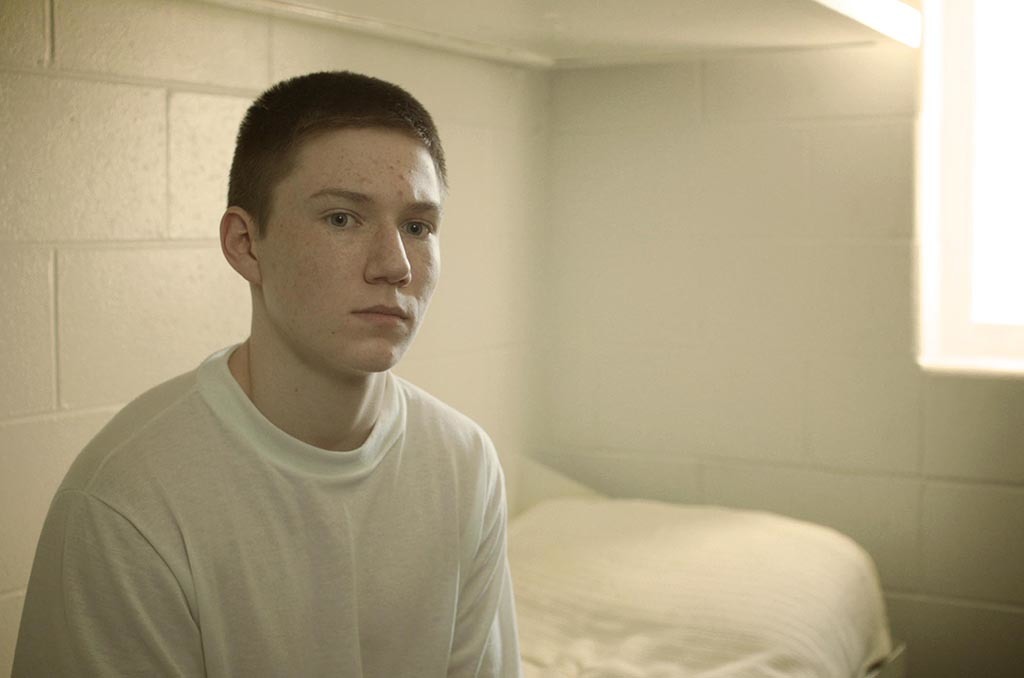The name Colt Lundy became widely known in 2009 when a shocking crime in Indiana made national headlines. At just 15 years old, Colt Lundy and his friend committed an act that left the community in disbelief—the murder of Colt’s stepfather. The case raised questions about teenage crime, juvenile justice, and whether minors should face adult sentencing. Years later, people still search for updates about Colt Lundy, wondering what happened to him, how the case changed laws, and what lessons can be learned from his story.
This article explores Colt Lundy’s early life, the events of the case, trial details, prison experience, and what we know about his life today.
Who is Colt Lundy?
Colt Lundy was an Indiana teenager whose life took a tragic turn in 2009. Before the crime, he lived what appeared to be a normal life in Columbia City. However, struggles at home and negative influences from peers played a role in the choices he made as a teenager.
Early Life of Colt Lundy
- Born and raised in Indiana
- Lived with his mother and stepfather
- Described as an intelligent boy but often troubled by conflicts at home
- Enjoyed technology, gaming, and typical teenage hobbies
These details became central when trying to understand why a young boy would take such extreme actions.
The Crime That Shocked Indiana
On April 20, 2009, Colt Lundy and his friend Paul Gingerich, who was only 12 at the time, shot and killed Colt’s stepfather, Phil Danner.
Events Leading to the Shooting
- Colt reportedly had disagreements with his stepfather over rules and restrictions.
- He confided in friends about wanting to escape his home life.
- Plans escalated from talk of running away to a deadly act.
The Shooting
On that day, Colt and Paul used a handgun to shoot Danner inside the family home. Afterward, they attempted to flee but were quickly caught by police.
The incident left the community stunned—not only because of the crime but also because of the young ages of those involved.
Trial and Sentencing
Tried as Adults
One of the most controversial aspects of the case was that both Colt Lundy (15) and Paul Gingerich (12) were tried as adults. Prosecutors argued the seriousness of the crime warranted adult sentencing.
Court Outcome
- Colt Lundy pleaded guilty to conspiracy to commit murder.
- He was sentenced to 30 years in prison, with the possibility of reduced time.
- His friend Paul Gingerich also received a similar sentence, sparking public debate due to his very young age.
Public Reaction
Many people questioned whether it was fair for minors to be tried as adults. Advocates for juvenile justice reform argued that young teens should not face the same punishments as grown adults because their brains are still developing.
Life in Prison
Adjustment Behind Bars

Colt Lundy entered the prison system as a teenager, an environment harsh for anyone but especially difficult for minors. Reports suggest he focused on education and self-improvement during his time in custody.
Rehabilitation Efforts
Colt took part in counseling programs, worked on his GED, and participated in skill-building classes. These efforts were part of showing the court and parole boards that he was committed to change.
Release and Life After Prison
After serving several years, Colt Lundy was granted early release in 2017. He was 23 years old at the time, having spent nearly his entire adolescence behind bars.
Conditions of Release
- He was released under strict supervision.
- Required to continue rehabilitation programs.
- Needed to prove he could reintegrate into society responsibly.
Where is Colt Lundy Now?
Colt has kept a relatively low profile since his release. Unlike his teenage years in the spotlight, his adult life is more private. Reports suggest he has focused on education, work, and personal growth, trying to move forward from his past.
The Case of Colt Lundy and Juvenile Justice Reform
The case sparked a national conversation about how the justice system handles young offenders.
Arguments for Reform
- Children’s brains are not fully developed, especially in decision-making and impulse control.
- Harsh adult sentences may prevent rehabilitation opportunities.
- Juvenile systems are designed for reform, while adult prisons are more punitive.
Impact of the Case
The “Paul’s Law” legislation in Indiana, inspired by Colt’s friend Paul Gingerich, allowed for courts to revisit sentences of very young offenders tried as adults. This showed how one case could reshape laws.
Lessons Learned from Colt Lundy’s Story
Importance of Mental Health Support
Colt’s case highlighted the need for better mental health and family counseling services for teenagers. Early interventions might prevent such tragedies.
Influence of Peer Pressure
At 15, Colt was heavily influenced by his peers. This shows how dangerous peer pressure can be, especially when mixed with anger or family problems.
Hope for Rehabilitation
Despite his crime, Colt’s journey proves that rehabilitation is possible. Young offenders can change if given the right tools and opportunities.
Media Coverage of the Colt Lundy Case
The story gained attention from major news outlets and documentaries. Media often painted Colt and Paul as symbols of the debate over juvenile crime. Documentaries explored not just the crime but also the deeper social issues involved.
Public Opinion Over Time
At first, many people viewed Colt Lundy with shock and anger. But as the years passed, perspectives softened, especially as juvenile justice reform gained attention. Some now see him as an example of how young offenders can be rehabilitated rather than permanently condemned.
Conclusion
The story of Colt Lundy is a tragic but important chapter in American juvenile justice history. At 15, he committed a terrible crime that took away a life and changed his own forever. Yet, his journey also shows the potential for growth, change, and second chances. His case sparked debates, changed laws, and reminded society that young people—even those who make devastating mistakes—deserve a chance at rehabilitation.







